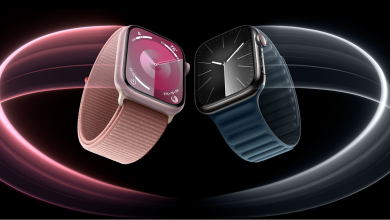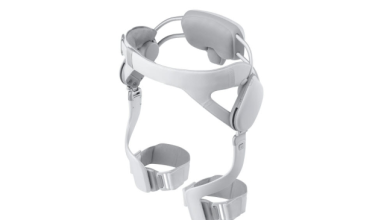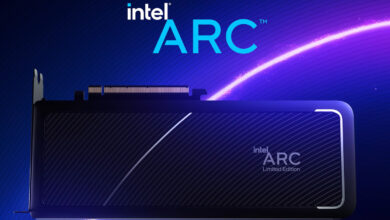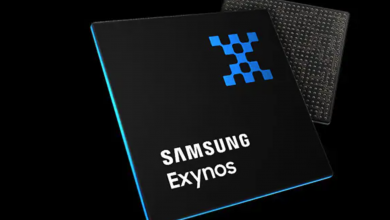Google Working on eSIM Transfer Capability for Upcoming Android 14

With Apple’s recent announcement that all iPhones sold in the United States will only accept eSIMs, Android is gearing up to better support eSIMs by adding a new eSIM transfer capability.
Earlier this year, Google said that it was working to provide native eSIM transfer functionality to Android, allowing customers to easily switch between devices without having to reissue their eSIM. It’s a must-have feature because transferring an eSIM between Android devices is currently impossible. That puts all the responsibility on the carriers, and their end of the process can be chaotic at times.
Apple’s Seamless eSim Transfer
Since the current iPhones only support eSIM cards, Apple has included a feature in iOS that makes it simple to move an eSIM card from one iPhone to another. The effectiveness of that instrument has been significantly to the company’s advantage. Apple’s eSIM transfer tool makes it possible to utilize an already-owned iPhone to add an eSIM to it; the operation is wireless and “just works” for both devices.
With Android, Google appears to be trying something new. Google has begun covertly implementing eSIM transfer on Android based on QR codes within Play Services.
Photos of the feature’s functionality have been uploaded on Twitter by code digger AssembleDebug. Initiating an eSIM transfer appears to be as simple as scanning a QR code displayed on the new smartphone with the old handset. Users must then finish the eSIM transfer process on their new device after the scan is complete. It really is that easy. Below are some screenshots demonstrating how this new function works.
Since Google has not yet announced when eSIM transfer would be available to consumers, it is currently inaccessible. Still, we’re excited to see the feature kick-off, primarily as it will utilize a QR code system with a good track record of reliability. Insiders have revealed, that this transfer choice might be available during the Android setup process, at least on Pixel phones.
Source: AssembleDebug





